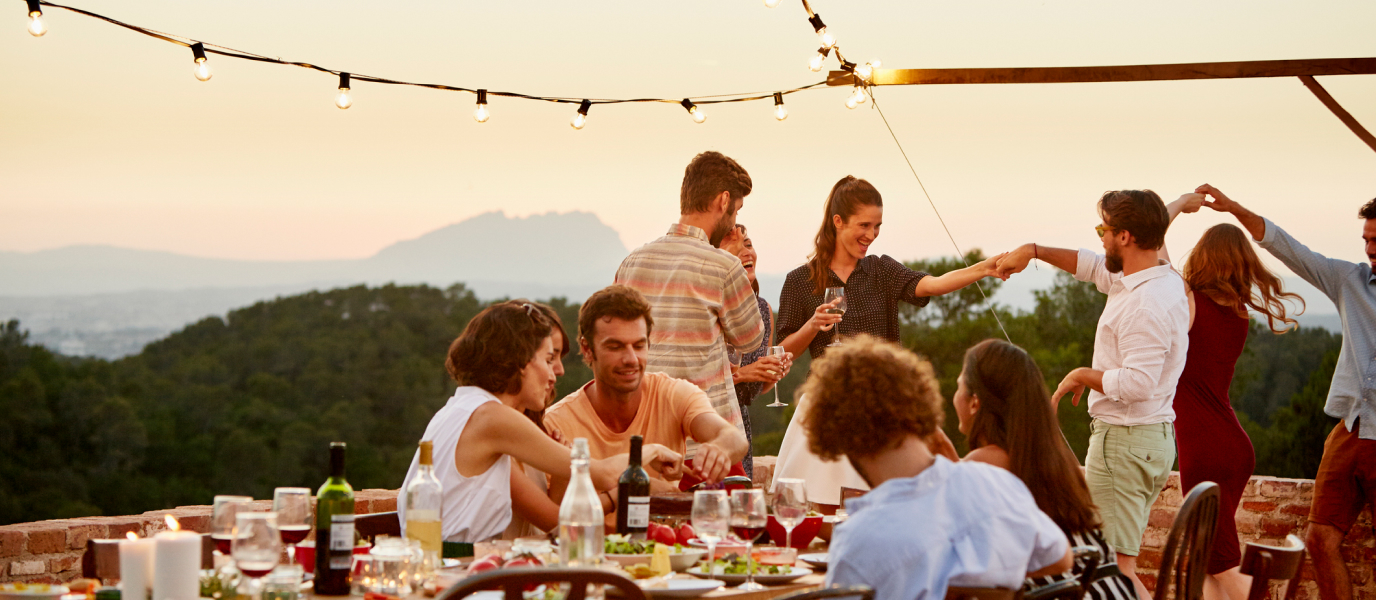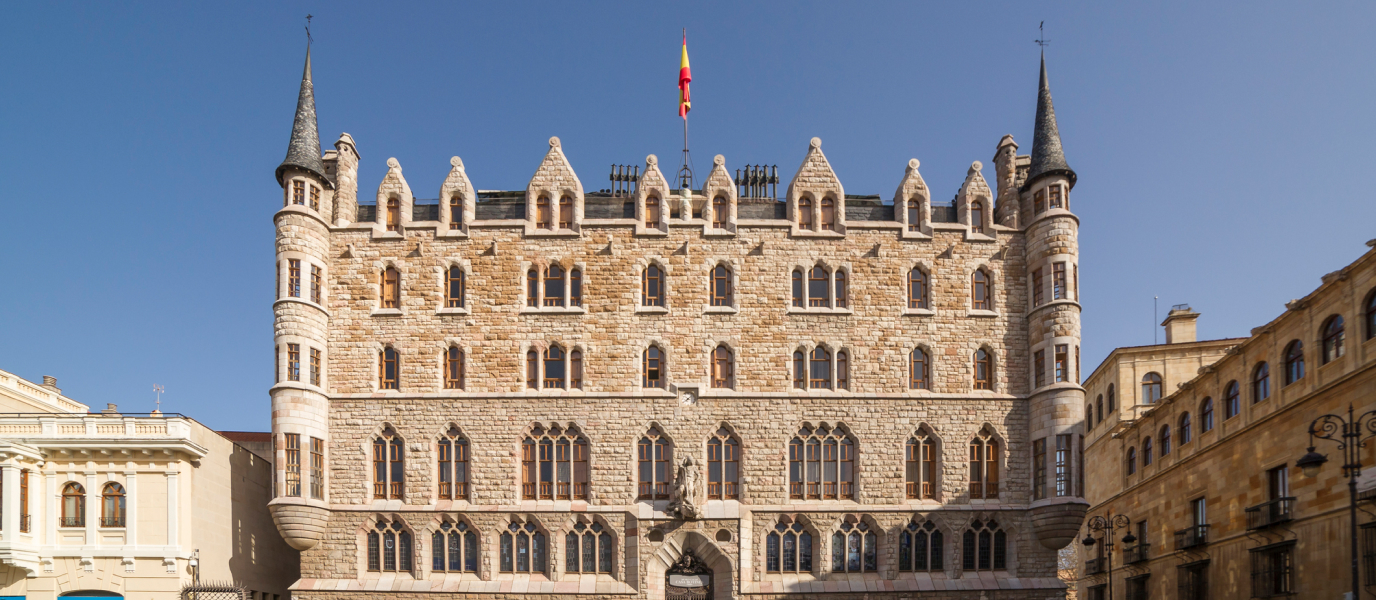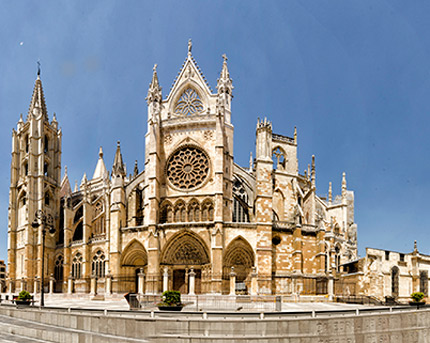The city of León and the province of the same name are a first-rate destination in inland Spain. The history, geography and heritage of this illustrious city and its surrounding area are a treasure to be visited and cherished by everyone. In this article, we focus on what you must see on any visit to León, so that you don’t miss a thing on your next trip.
Cathedral of León
Without a doubt, León is its cathedral. An obligatory stop on the Camino de Santiago (Way of St James), the Cathedral of Santa María de Regla, a true jewel of Gothic art, became Spain’s first officially declared monument by Royal Decree in 1844. The cathedral is one of León’s not-to-be-missed attractions, but we do recommend you join a guided visit so that you don’t miss a single detail of this temple built between 1205 and 1301, such as its magnificent array of stained-glass windows, one of the finest in the world.
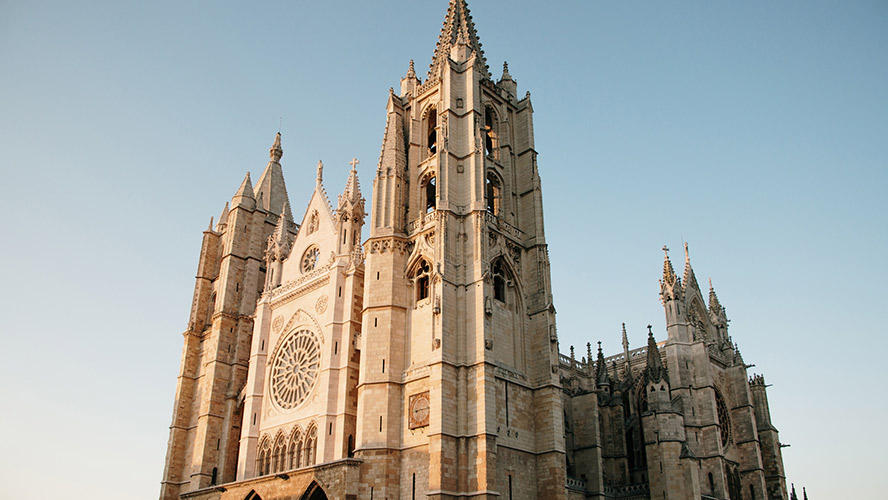
Casa Botines
Another building you really must see in León is Casa Botines, as it is one of only three works by Antonio Gaudí to have been built outside Catalonia. With a unique style in which Modernism combines with medieval Gothic, this old dwelling and storehouse is now a museum which charts, through the history of the house itself, the life and works of Gaudí. It also houses the FUNDOS art collection, consisting of 200 works dating from the fifteenth to the twentieth centuries.
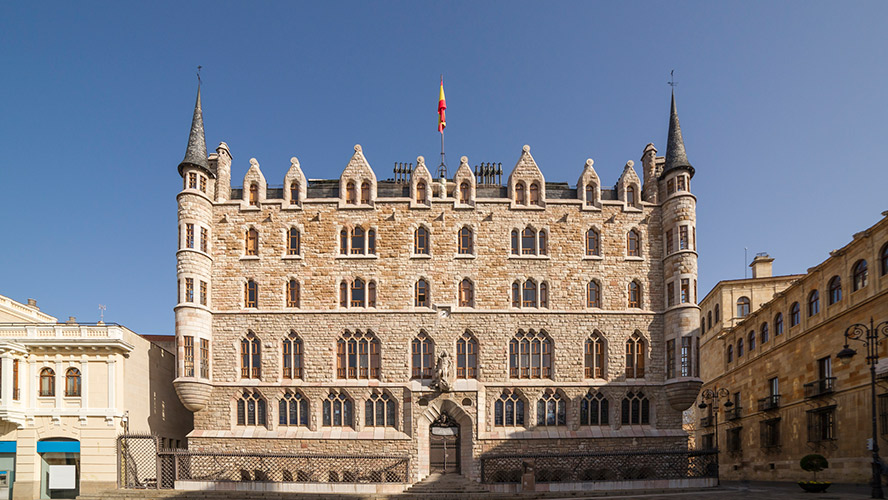
Palacio de los Guzmanes
The Palacio de los Guzmanes stands near Casa Botines. This sixteenth-century Renaissance edifice is now the headquarters of the Provincial Council, and the city’s most important palace. It was built by the architect Rodrigo Gil de Hontañón on the orders of the noble and leader of the Comuneros’ Revolt, Ramiro Núñez de Guzmán.
Convento de San Marcos
The Convent of San Marcos is another treasure both of the city of León and of the Spanish Renaissance. It was built in the sixteenth century to replace the former pilgrims’ hospital, and has served different purposes over the centuries — as a hospital, a barracks, a prison (Francisco de Quevedo was one of its inmates), a school, and its present function, as a National Parador. Outstanding features include its Plateresque façade, its cloister and Gothic church.
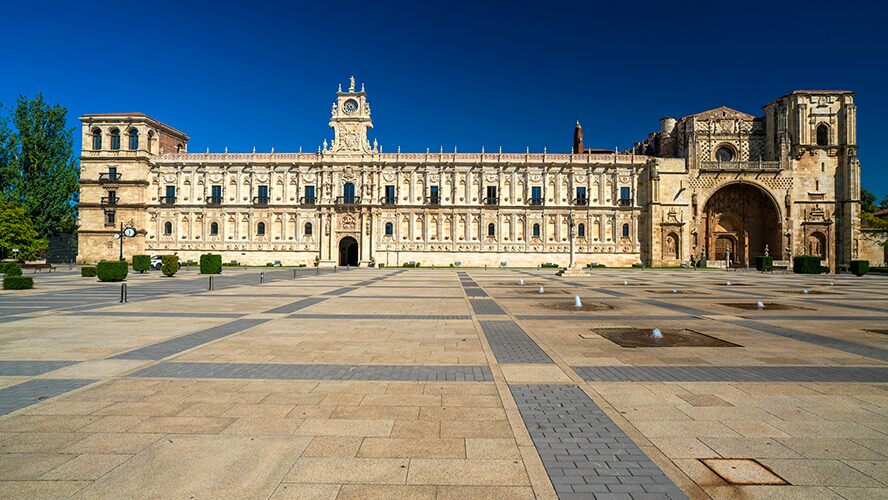
Colegiata San Isidoro
Another of León’s architectural gems is the Royal Collegiate Basilica of San Isidoro. Apart from its religious significance, this Romanesque jewel, dating from the eleventh century, is interesting for its history, architecture and sculptures. Inside is the Royal Pantheon, the final resting place of 23 kings of León, 12 princes and 9 counts, including Alfonso IV of León, Doña Urraca, and King García of Galicia.
Plaza Mayor
León’s Plaza Mayor [Main Square] is the epicentre of the city and of the Húmedo quarter. Once a market that lay outside the city walls, it was built in the second half of the seventeenth century. Its design is typical of a Castilian main square, with a succession of two-storey arcaded buildings and a garret. One of the most important buildings is the former town hall, the Consistorio Viejo.
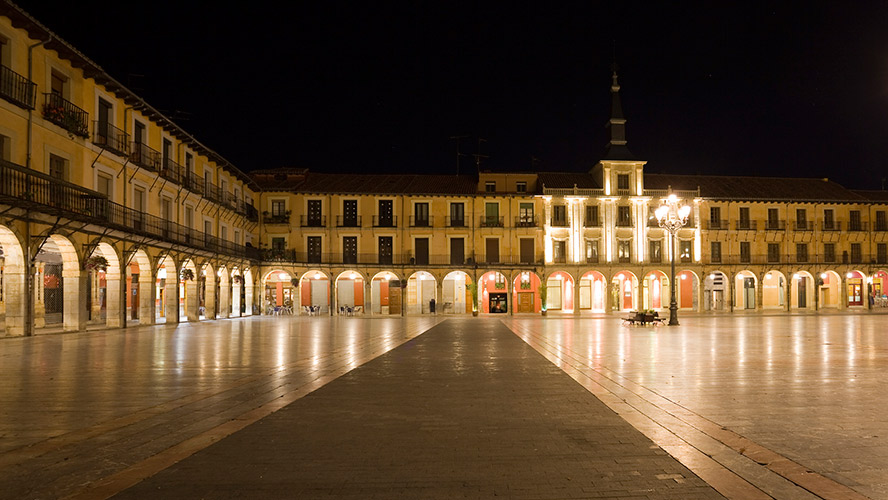
Barrio Húmedo
The district known as Barrio Húmedo is one León’s most popular, vibrant areas. Now it is renowned as one of the best places in Spain to go from bar to bar, trying the various tapas, although it is also worth visiting simply to wander along its narrow streets which hark back to the time of the guilds. At night, Barrio Húmedo undergoes a transformation to become the centre of León’s nightlife.
Roman and medieval city walls
León has preserved intact most of the Roman and medieval walls that enclose the city’s historic quarter. Some parts of the walls that have survived to the present day are Roman, while others are medieval, so we can identify stretches as dating from the first to the fourteenth century. While walking around the walls, visitors can also admire the various doorways and arches that still stand.
MUSAC
One of the city of León’s newest museums is the Castilla-León Museum of Contemporary Art, known as MUSAC. The building, the work of the Mansilla studio, opened in 2005, and won the European Union Mies Van der Rohe prize for modern architecture. The museum’s collections comprise an artistic panorama of over 1,600 works dating from the 1980s to the present, making it one of Castilla-León’s most prestigious art museums.
What to see in the surrounding area
Apart from the city of León, the province offers a plethora of attractions for visitors. From other major cities such as Ponferrada, Villafranca del Bierzo and Astorga and towns such as Peñalba de Santiago to unique locations such as Las Médulas, the Cave of Valporquero, the Ruta del Cares [Cares Trail] and the Riaño Reservoir — you will find within the province of León remarkable places to add to your trip at any time of the year.
In Barceló Hotels’ travel guides, you will find information about all of these attractions.

Where to eat in León
If this is your first visit to León, you absolutely must go and eat in the Húmedo district. Try bars such as:
- Casa Mando: a veritable León institution, for both tapas and meals.
- Rúa 11: signature tapas and original tostas, prominently featuring local products such as beef jerky, cheese, and black pudding.
- Jabugo: right in San Martín square, this is the perfect Húmedo tapas tavern, whose tapas offerings include beef jerky and ham croquettes, or cured tongue.
- El Gaucho: famous for its garlic soups and its mince.
- La Bodega del Húmedo: at this smart bodega, you can try delicacies including grilled sweetbreads, suckling Churro lamb, or their speciality of rice dishes.






























































